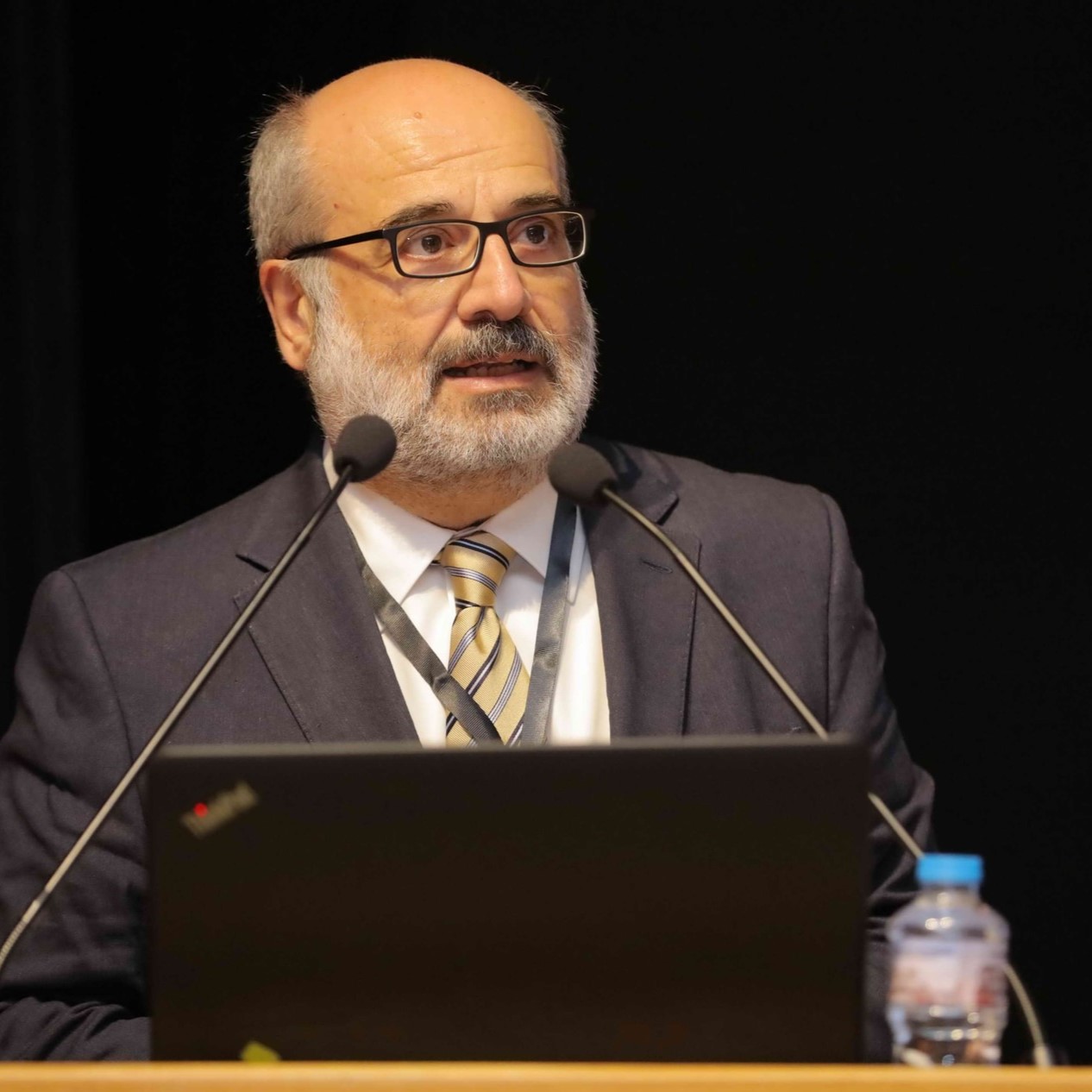Affiliation: National & Kapodistrian University of Athens

Dimitris Plantzos is a Professor of Classical Archaeology at the National& Kapodistrian University of Athens, as well as the co-director of the Argos Orestikon Excavation Project (Kastoria, Greece). He holds degrees from Athens and Oxford (MPhil and DPhil), and his fields of specialization are Greek art and archaeology, archaeological theory, classical reception in the modern age. Professor Plantzos has authored many publications on classical Greek archaeology, ancient Greek art and visual culture, as well as the history of the archaeological discipline. He is one of the AIA Norton lecturers for the 2024/2025 National Lecture Program season.
In this lecture Dimitris Plantzos returns to one of his favorite topics: Ancient Greek Painting. The lecture presents a lively (and generously illustrated) survey of Greek wall- and panel-paintings, in order to discuss the ways in which ancient Greek painters depicted the human face. Believing that the face is the portal to the soul – in which they took their cue from the philosophers – painters of the 6th, the 5th, and (mostly) the 4th century BCE turned to verisimilitude as a way to achieve lifelikeness and, as a result, make their pictures “come alive”. Gods and heroes, as well as historical figures, are shown in scenes from myth or real life with an emphasis on naturalism and the illusion of three-dimensionality
D. Plantzos, The Art of Painting in Ancient Greece. Athens & Atlanta GA, Kapon Editions & Lockwood Press, 2018.
Since its foundation by Alexander the Great in 331 BCE, the city of Alexandria became a hub of economic, political, and cultural life in the Eastern Mediterranean basin for most of its history. Being the seat of Ptolemaic government, the city also generated massive wealth from certain tiers in its society. This lecture, fully illustrated, will survey the economic history of Alexandrian luxury as well as showcase some of its most spectacular, emblematic, and significant artistic examples: from jewelry and gold- and silver-plate, to frescoes and mosaics
In this lecture, Dimitris Plantzos, author of the best-selling book The Story of Lemnos, talks about one of the least prominent Greek islands. With its fascinating landscapes and intriguing histories, Lemnos entered Greek mythology as the island of Hephaestus, the Greek god of fire and metalworking, but became famous – indeed notorious – when it was ruled by Queen Hypsipyle, whose crime of killing off the island’s entire male population was sung by poets and rhapsodists in the millennia to come.
Besides ancient myths, the lecture will also investigate the island’s mesmerizing archaeology, and the ways material remains from the 3rd, the 2nd, and the 1st millennia BCE may be reflecting the now forgotten historical events that inspired the island’s complex, and sometimes darkish, mythology.
D. Plantzos, The Story of Lemnos. Myth – History – Heritage. Athens: Kapon Editions 2022.
The lecture discusses the Hellenistic necropoleis of Alexandria in Egypt: the tombs, the finds, the paintings, Greco-Egyptian ideas on death and dying. We will be exploring Macedonian responses to death and dying, as well as the ways Macedonian mortuary habits were transmitted, transposed, developed and “edited”, once the Macedonians found themselves on top of the world, and in lands so different from their own. From Macedon to Asia and Egypt, and from Aigai and Mieza to Shatby, Macedonians had to renegotiate their fundamental beliefs on death and the afterlife, committing themselves to the amalgam we now understand as “Ptolemaic Alexandria”.
ALEXANDRIAN NECROPOLIS/ THE HELLENISTIC TOMBS OF SHATBY https://alex.arch.uoa.gr/